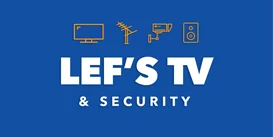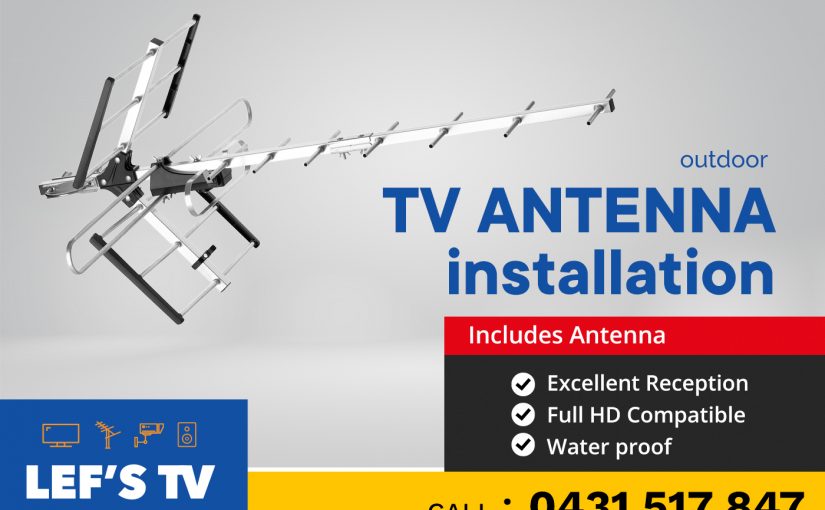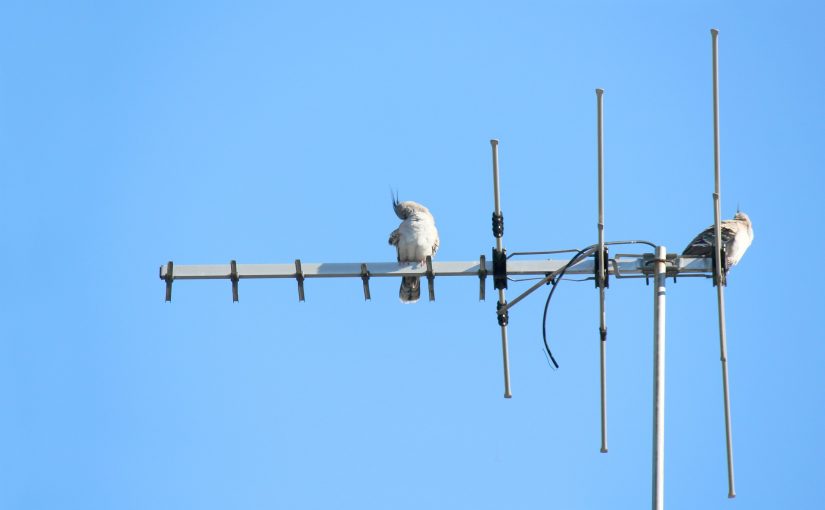Lef’s TV & Security expert will help you fit your screen to any wall with outdoor TV antenna installation service in South Morang.
- Free professional advice on how to best position your LED, Home Theatre or Projector
- Fitting all types of TVs, including Plasma, LCD, LED, HDTV, Stream Devices, Fast Router
- Connect Your 4K / 8K Device with a fast streaming device for a better experience
- safe and tidy cables with expert trunking and chasing
- Experienced and Insured expert solution
- Watch all your favorite free-to-air channels through high definition antenna setup
We have a straightforward 4-step approach to TV Installation & Antenna Installation in South Morang.
- Book Your Installation Service
Get in touch with our TV Antenna expert in South Morang to book your installation appointment. He may understand your requirement or installation expectations, including the screen size and TV antenna type. - Unpack on Day of Appointment
Lef’s TV suggests leaving the unpacking of your brand new tv with experts. A trained and experienced technician shall help you unpack and recommend the optimal location of the unit and TV antenna itself in South Morang. - TV Installation & Wall Mounting
Our professional will mount the TV on the wall, roof, or corner as per your choice. Lef’s TV & Security will also ensure a safe and high-quality antenna setup. We shall be able to provide you with all the brackets, mounting accessories and TV antenna, etc., in South Morang, Melbourne. - Enjoy a cable and clutter-free show
Our professional TV and antenna installation service in South Morang will ensure that all wiring is done neatly within D-Line trunking to help you achieve the ultimate cinematic experience.
Our service includes all setup, possibilities, and options in South Morang, as listed below.
- All Size of LED or plasma, single or multiple screen setup
- LCD TV, LED TV, Plasma, 3D, LED Smart TV Setup, HD TV, Home Cinema, and Home Theatre setup with Dolby stereo sound systems.
- All types of TV brackets for different placement, tilt or to, support corners, etc.
- We can assist in setting up your unit on all types of walls, including brick, plasterboard, masonry, concrete, or partition walls.
Lef’s TV & Security would expect the unit to arrive before the appointment, and customers need to provide a sturdy wall to support the screen. We can inspect and let you know If additional reinforcements are required.
We provide TV Installation service and a TV Antenna set up on a rooftop in South Morang. We can let you know the fixed price for the service before the appointment.
FAQ
What all I need to Provide for TV and TV Antenna Installation Service in South Morang
You need to provide all the content inside the box and the necessary brackets of your choice. Our installation expert can also give the TV antenna unit, shelves, additional wiring, etc.
What I Need to ensure before TV & Antenna Installation Appointment
You need to ensure easy access to the unit’s area to be installed. If you opt for antenna installation service in South Morang, we might require access to the roof.
You also need to check the electrical sockets and an initial assessment of the wall where the TV will be installed.
What if I am not Sure About the TV Wall mount position
Lef’s TV & Security expert will be glad to assist you in finding the best spot in your room, considering all electrical and antenna wiring feasibility.
Can you use a specific Bracket as per my choice?
Lef’s TV & Security completely understand your requirement and can extend support for any bracket requirements.
Can you hide the cables?
We can ensure that all cables are hidden after installation. However, if there are any setup limitations like distance from electrical socket or TV Antenna cable feasibility etc., then the same shall be communicated before installation. If any additional work is required, the same shall be carried out at an extra cost.
Do I need to provide my antenna?
Based on your location in South Morang, we can offer the best Antenna Setup as per your requirement and budget. If you have already procured your antenna or choose to provide the one yourself, we can adjust the cost of our installation service.


